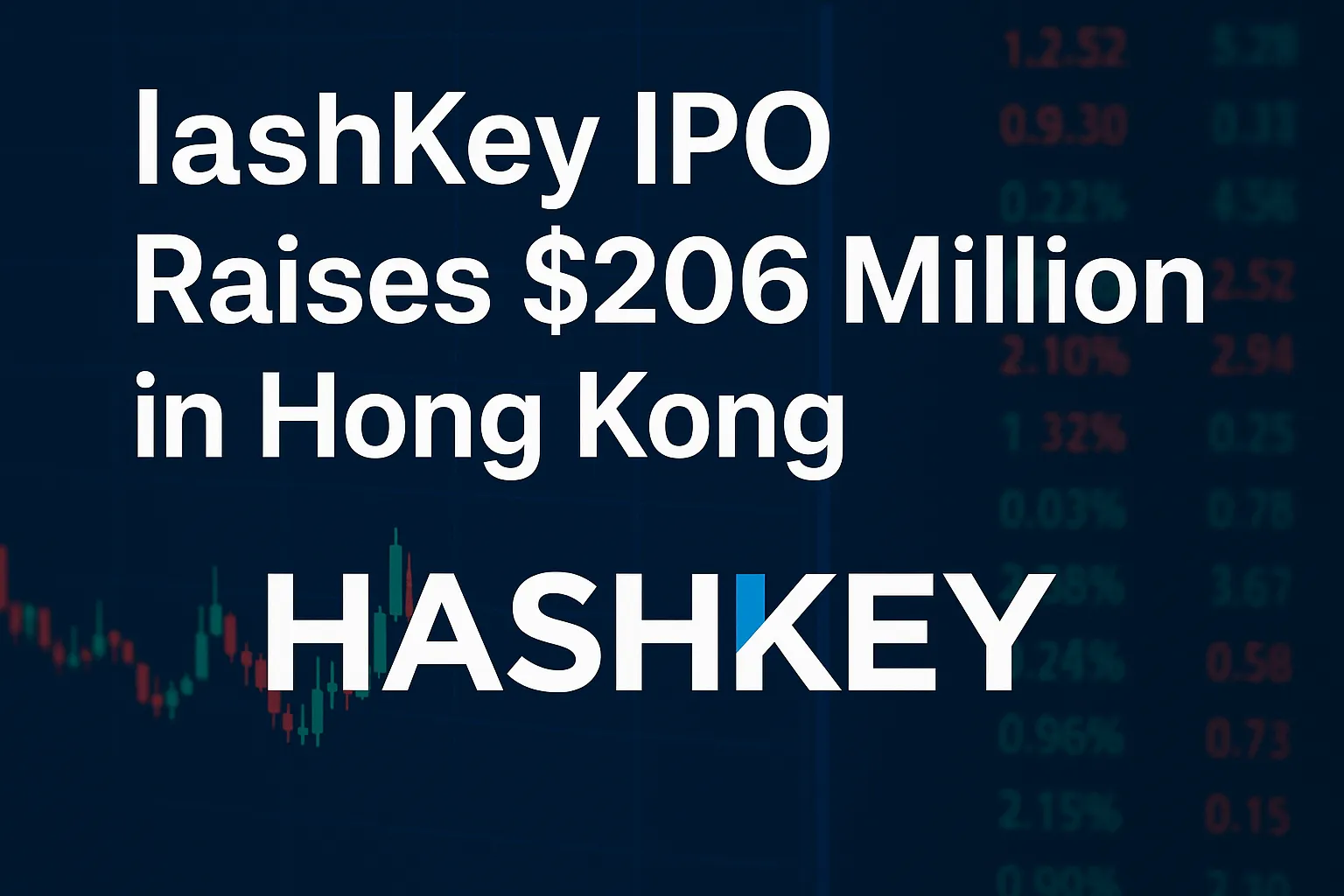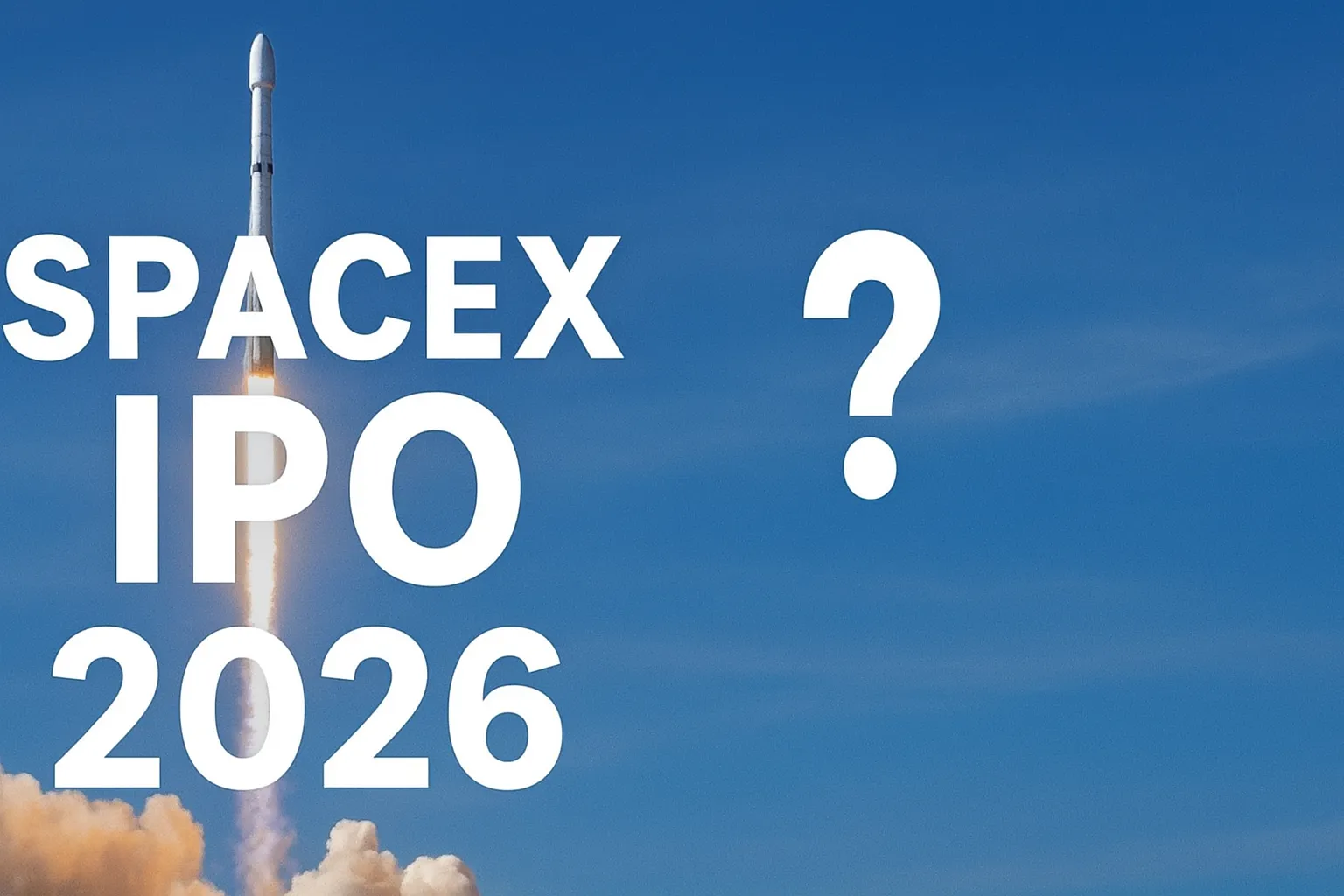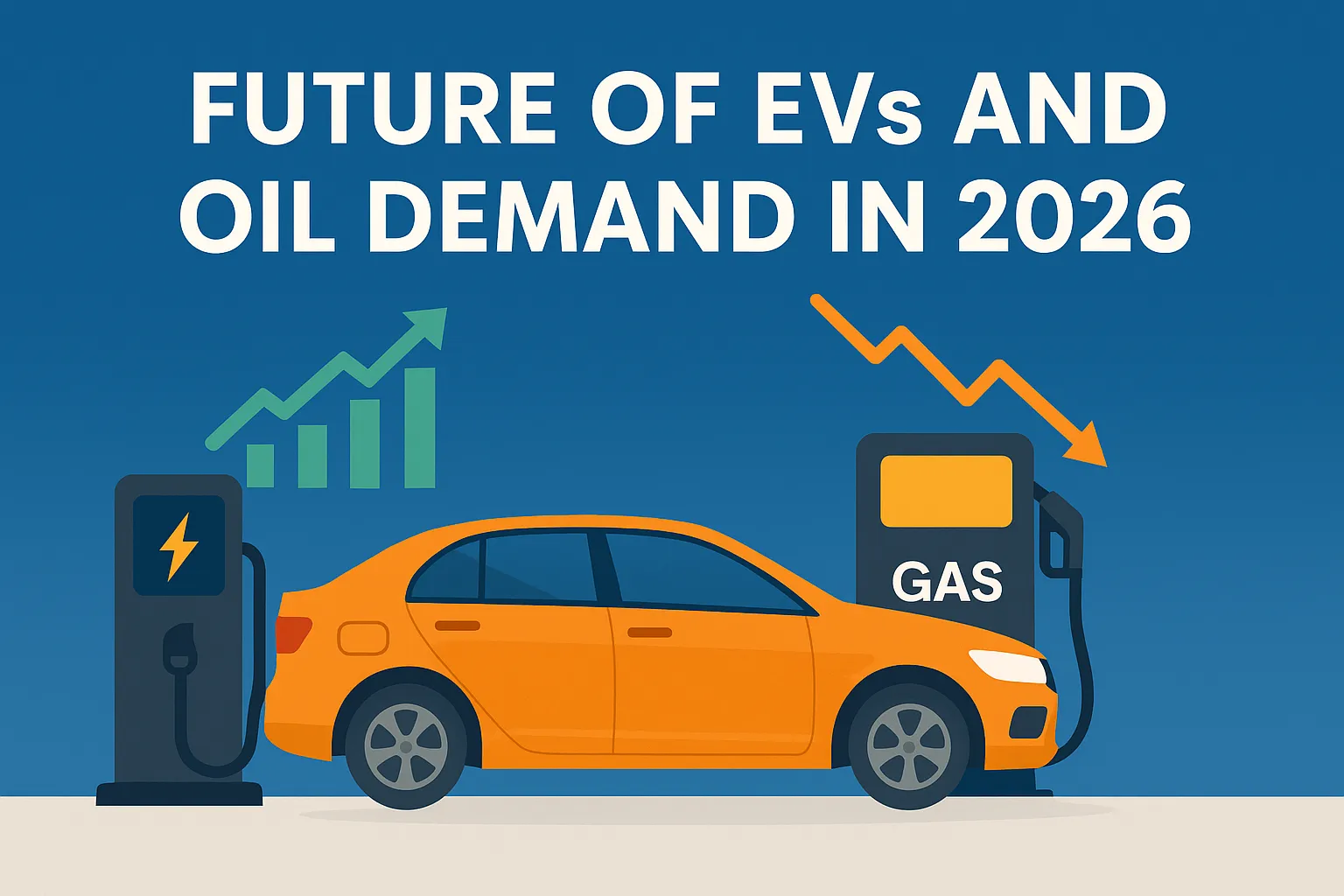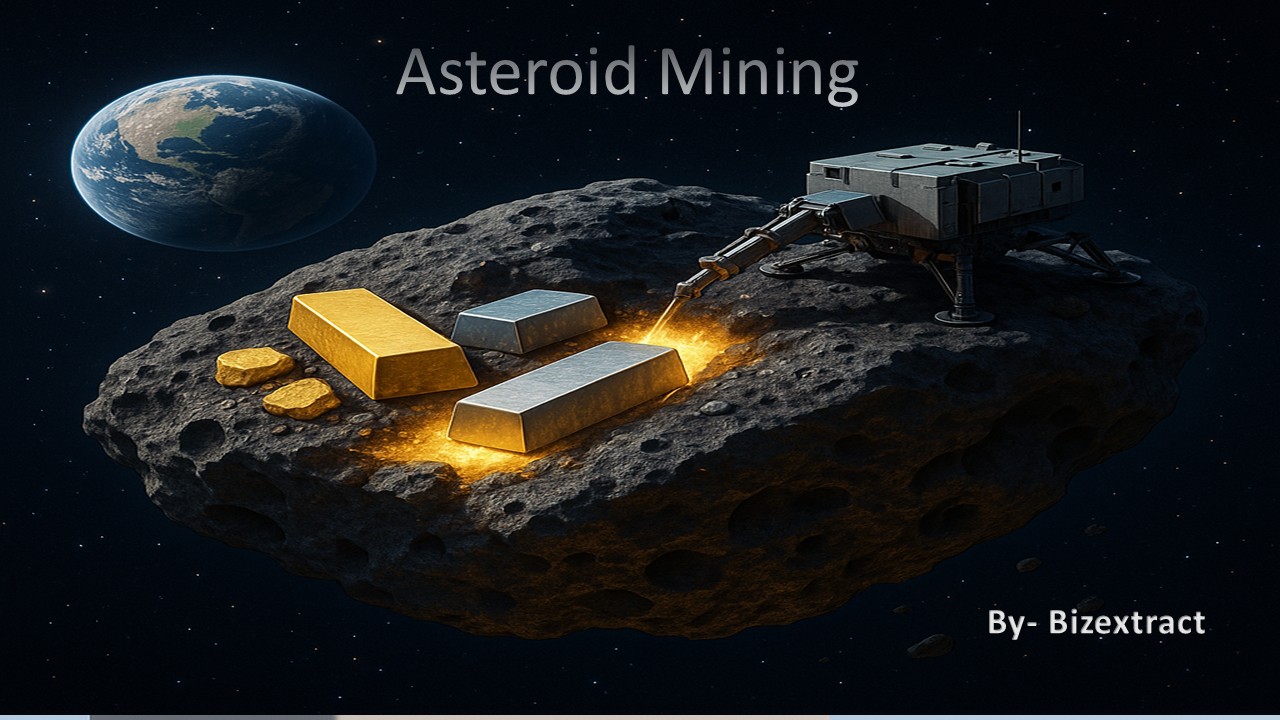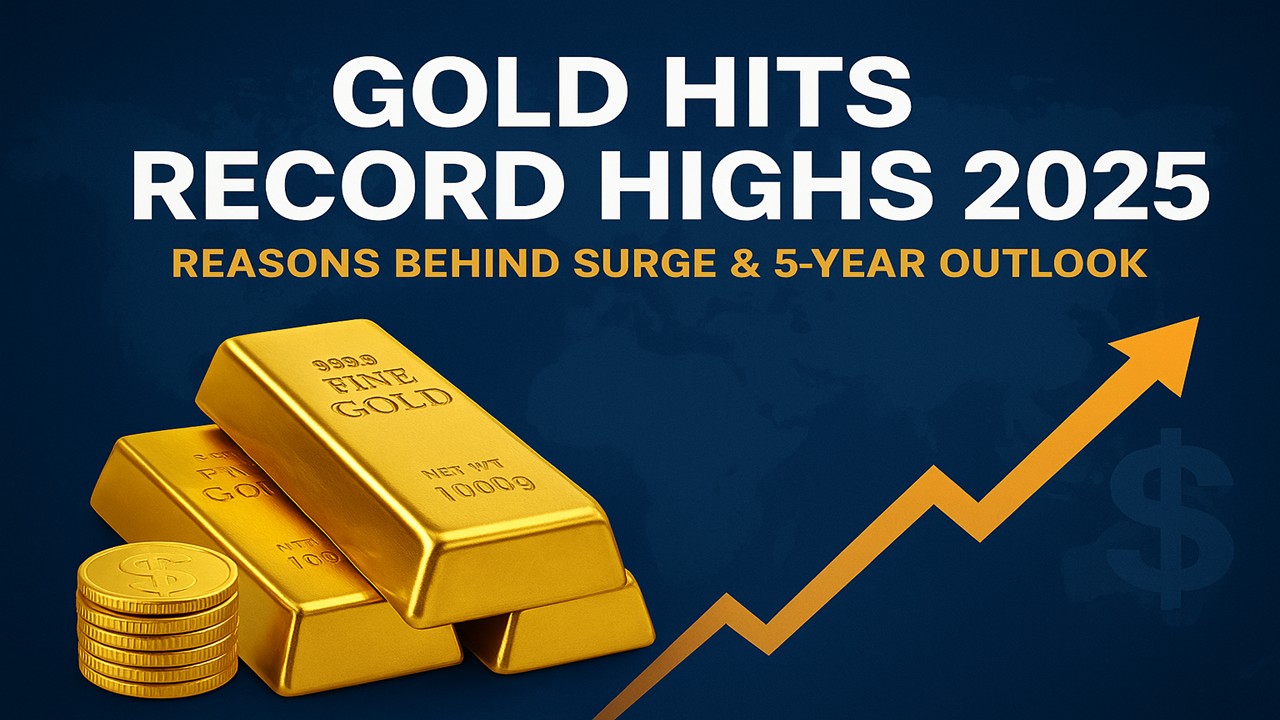
हिंदी में पढ़ने के लिए मेनू बार से हिंदी भाषा चयन करें।
Gold has surged to an all-time high in international markets, attracting global attention from investors and policymakers alike. The sharp rally in the third quarter of 2025 has raised a key question: Why are gold prices rising so rapidly, and what does the future hold for the next five years?
Why Gold is Rising — Key Drivers
- Heavy Central Bank Purchases
According to the World Gold Council, several central banks — especially in emerging economies — are aggressively buying gold to diversify reserves away from the US dollar. This steady, long-term buying has given strong structural support to gold prices. - ETF and Institutional Inflows
Exchange-traded funds (ETFs) and institutional investors have significantly increased their gold holdings this year. Massive inflows into gold ETFs and ETPs indicate that the rally is not speculative alone but backed by real demand. - Weak Dollar and Rate-Cut Expectations
A weakening US dollar and expectations of upcoming interest rate cuts from the Federal Reserve have added fuel to the rally. Lower real interest rates make non-yielding assets like gold more attractive to investors. - Geopolitical Risks
Ongoing tensions in Europe, Russia, and the Middle East, as well as US-China trade frictions, are pushing investors toward safe-haven assets. Historically, gold has always benefited during times of uncertainty. - Limited Supply and Mining Challenges
Gold mining output remains relatively flat, and expanding production is difficult. With demand rising faster than supply, prices are under constant upward pressure.
Why This Rally is So Sharp
Analysts highlight a feedback loop effect:
- Central bank buying triggers ETF inflows.
- Rising prices attract more investors.
- Positive media coverage and bullish analyst forecasts add momentum.
This cycle has amplified the rally, turning gold’s rise into one of the strongest surges in recent years.
What Experts Are Saying
- Goldman Sachs projects gold could reach $3,700–$4,000 per ounce by 2026.
- Bank of America sees a 15–20% rise in the next few years, driven by central bank demand and a weaker dollar.
- Some independent analysts suggest that if geopolitical tensions escalate further, gold could touch $4,500–$5,000 per ounce by 2030.
- On the cautious side, a few experts warn that if global growth strengthens and the Fed keeps interest rates high, gold could face downward corrections.
Gold’s 5-Year Outlook (2025–2030)
Base Case (Most Likely)
- Central bank buying continues, dollar weakens gradually.
- Gold could reach around $4,000 by 2026 and rise another 10–20% by 2030.
Bull Case (Upside Scenario): Major geopolitical shocks or financial crises could push gold to $4,500–$5,000 or higher.
Bear Case (Downside Scenario): Strong global economic recovery and hawkish Fed policy could cap prices or trigger declines.
Risks Ahead
- Sudden policy shifts from the Federal Reserve.
- Central banks slowing or halting purchases.
- Large-scale ETF outflows (profit booking).
- Weak seasonal demand in key markets like India and China.
Outcome
Gold’s record-breaking rally in 2025 is fueled by central bank purchases, strong ETF inflows, a weaker dollar, geopolitical risks, and limited supply. While experts broadly expect prices to remain strong in the medium term, volatility and corrections are inevitable.
For investors, gold remains a powerful hedge — but it is not risk-free. The next five years could see gold climb even higher, but the journey will be shaped by global politics, monetary policies, and investor sentiment.

